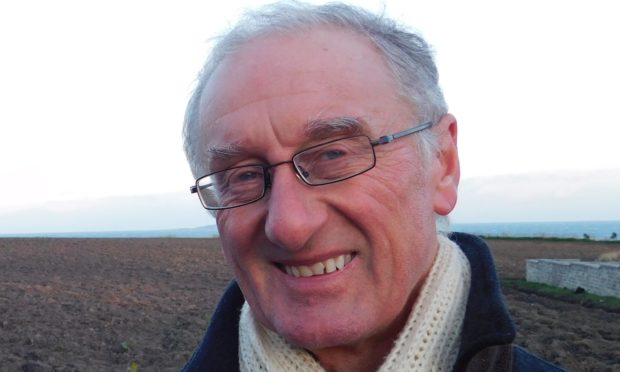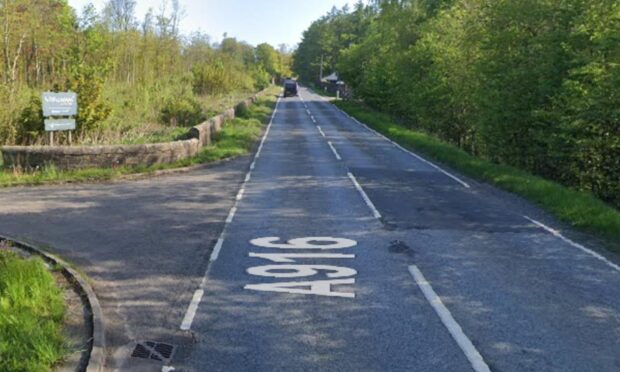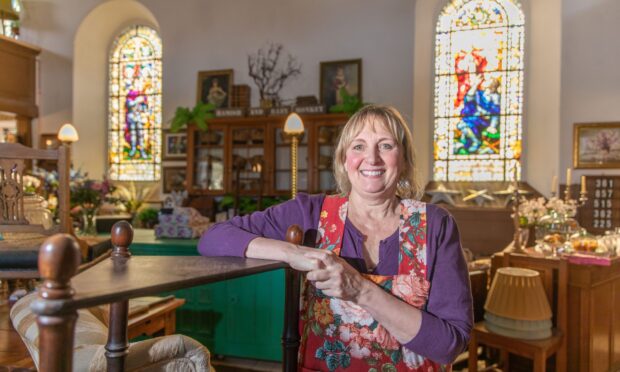Developers should be compelled by the Scottish Government to contribute towards local healthcare facilities if house building is likely to lead to an influx of patients.
Councillors must also be allowed to take into account the effect on hard-pressed GP surgeries when considering individual planning applications.
The calls by north east Fife politicians follow the approval of two housing developments in the area, despite fears local health services will be swamped as a result.
Liberal Democrat councillor Bill Porteous said when the north east planning committee was asked to decide on 158 new homes for Wormit last week, councillors could not consider the impact they would have on Tayview Medical Practice, said to be already oversubscribed and understaffed.
Mr Porteous expressed similar concerns last month when 86 new houses were approved for St Monans.
He said: “GP services in the area are hard-pressed and housing developments of that size are going to have an effect.
“I suggest it’s something that should be discussed.”
In the case of Wormit, one of the conditions of planning permission is that developer Persimmon Homes contributes to the cost of an extension at the local primary school to accommodate the expected increase in pupil numbers.
Currently, no such provision exists when it comes to healthcare.
Dr Susie Mitchell, secretary of Fife’s Local Medical Committee, said there was concern across Fife.
“Practices of all sizes are struggling to recruit and retain due to rising workload, increased list sizes due to development with no realistic primary care planning, and the pension crisis.”
North East Fife Liberal Democrat MSP Willie Rennie said he had deep concerns about already stretched services being able to meet demand from additional housing.
“That’s why the Scottish Government needs to look again at the contribution developers make towards public services, not just education as is presently the case,” he said.
“Councils have to be mindful of the costs imposed on developers so that they don’t make these housing schemes unprofitable but there’s no doubt massive developments on the edge of moderately-sized communities can have a dramatic impact on local services.”
A Scottish Government spokesperson said that once enacted, the Planning Act would require local development plans to consider the likely effect of land use on the health needs of the population.
“Health boards have a legal duty to assist planning authorities prepare local development plans,” she said.
“These form the basis of decisions on individual planning applications and can reflect the primary care needs of an area.”
She added: “We will consider what more planning policy might do to support good health and well-being, including impact on primary health care services in the development of future policy.”










